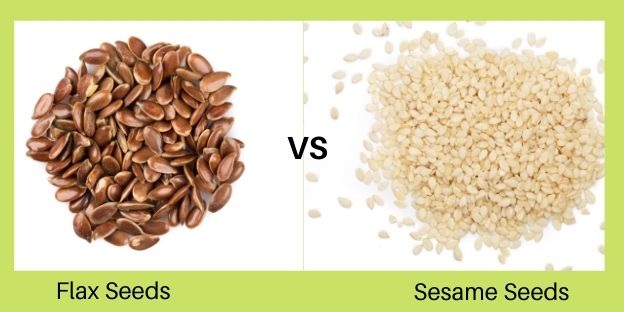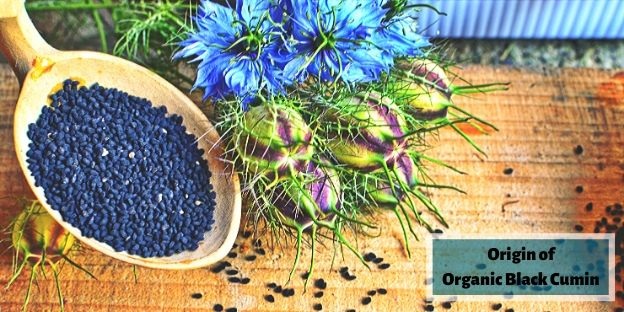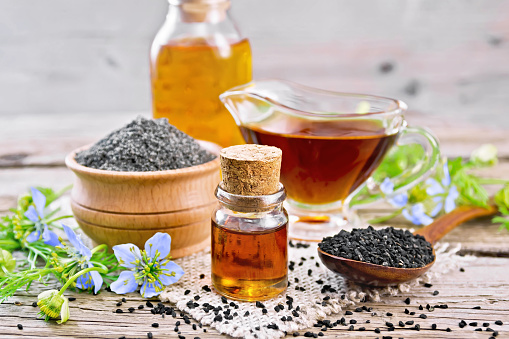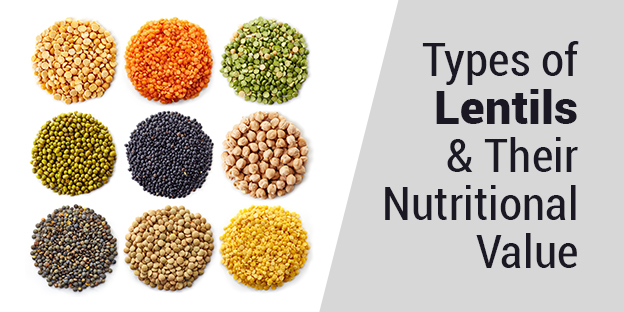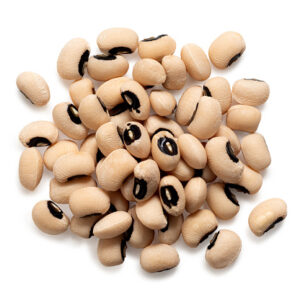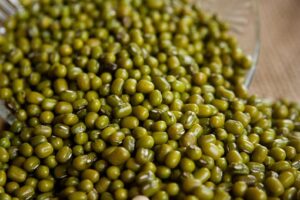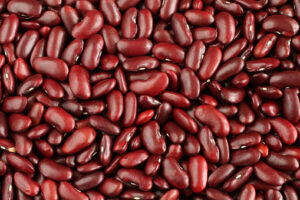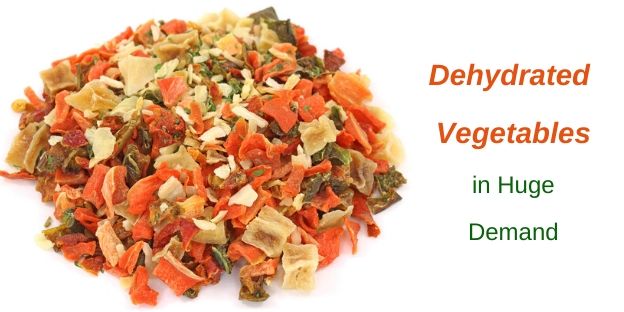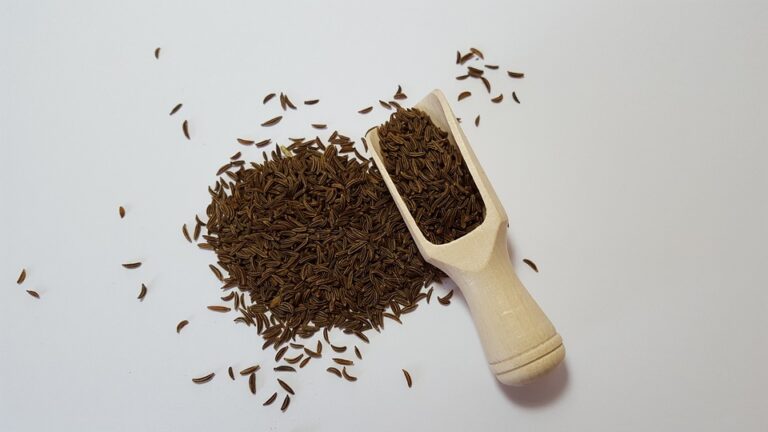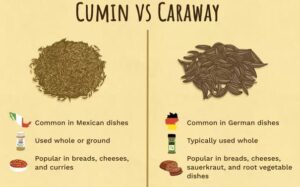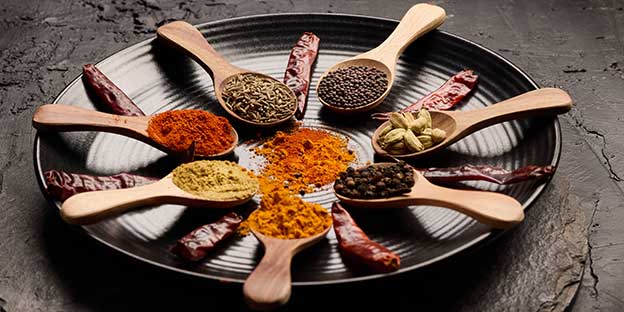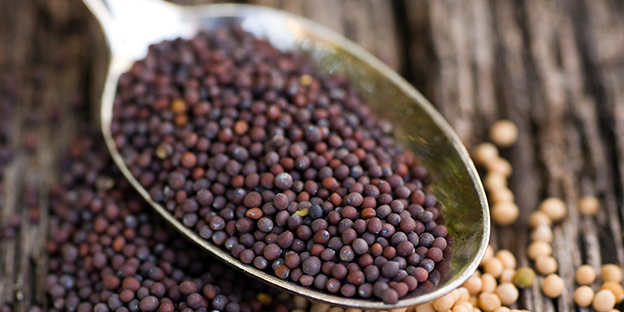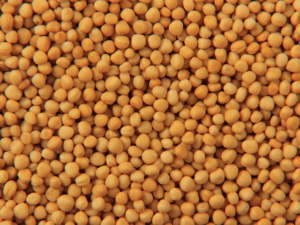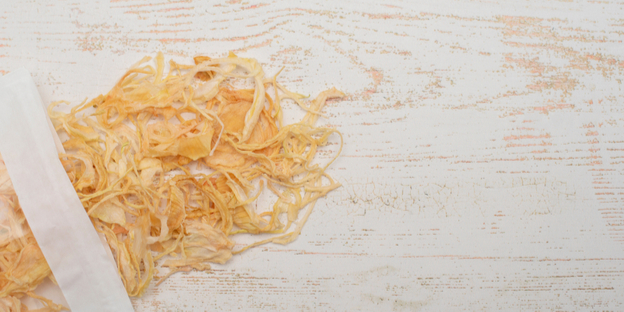Turmric : The uses and benefits of turmeric have been written about extensively. Turmeric has always fascinated food connoisseurs with its vivid color and distinctive flavor, making it one of the most widely used spices in Asian cuisines.
Curcumin, which has antioxidant properties, is found in raw turmeric fingers. This has been shown to treat inflammation and swelling in muscles and joints and reduce fatty buildup in vital organs. It also improves digestion, fights allergies, and detoxifies the liver. It was common for women to rub oil and turmeric (ubtan) on their skin prior to bathing to give their skin a glowing appearance.
For maximum benefits, how should turmeric be consumed?
Turmeric is best consumed in liquid form in soup, tea, or smoothies. There is a simple reason for this. Before the active ingredients can be absorbed by the body, the body must break down supplements and vitamins in solid form. As a result, liquid vitamins/supplements allow the nutrients to be absorbed more quickly.
Numerous scientific studies have confirmed this fact. In general, a person ingests 39-53% of capsules or tablets; with liquid extracts, however, that number increases to 98%.
When compared to its other forms, such as tablets or powder, raw turmeric extract contains 95% curcumin? So, in conclusion, turmeric is most beneficial when consumed in its natural state.

Make turmeric a part of your daily diet
Turmeric can be used in a variety of recipes. To increase your intake of turmeric, try different dishes with turmeric, such as daal, lentils, vegetables, and soups. Turmeric has long been used in traditional curries, like rendang and Goan, as well as more contemporary recipes, like popcorn, turmeric green tea, and so on.
Getting more turmeric benefits from your diet is much easier and more convenient when you include snacks or meals with a high turmeric content. You should do this even if you are uncomfortable with other forms of them. It’s important to note, however, that how much turmeric your body receives depends on how much is used and how it’s proportioned to the rest of your meal.
Adding turmeric to your daily diet in other ways :
-
Turmeric can be added to salads by grating it
-
Paste it and use as a vegetable or milk dressing
-
Turmeric can be sprinkled over lentils, rice, or other side dishes after they have been prepared.
-
Lemonade or orange juice with turmeric juice.
-
Teas and coffees can be enhanced with turmeric essential oils.
Turmeric can be incorporated into your diet in numerous ways. You can choose whichever suits your taste and convenience. You can maximize the benefits of turmeric by purchasing the best quality.
Why Aarug agro Turmeric should be your Choice?
There is no doubt that Aarug Agro is an established brand in the organic product sector. From seeds and spices to grains and herbs, the company offers a wide range of organic products. Whether it is turmeric fingers or herbs, OPI products are sourced from authentic sources and contain natural goodness and have excellent aromatic properties. The quality of OPI’s products exceeds set standards and is derived from natural ingredients. It’s no wonder the brand has made its mark abroad as well as at home

